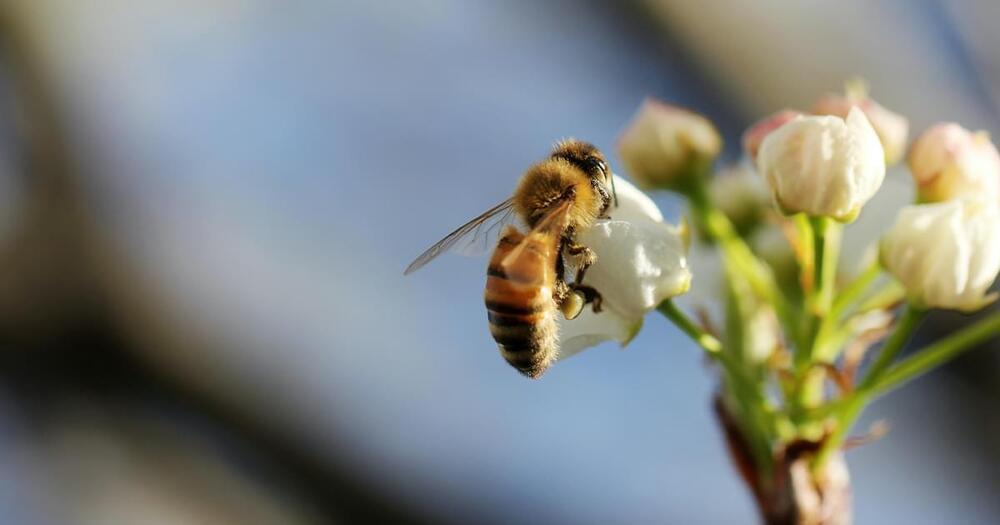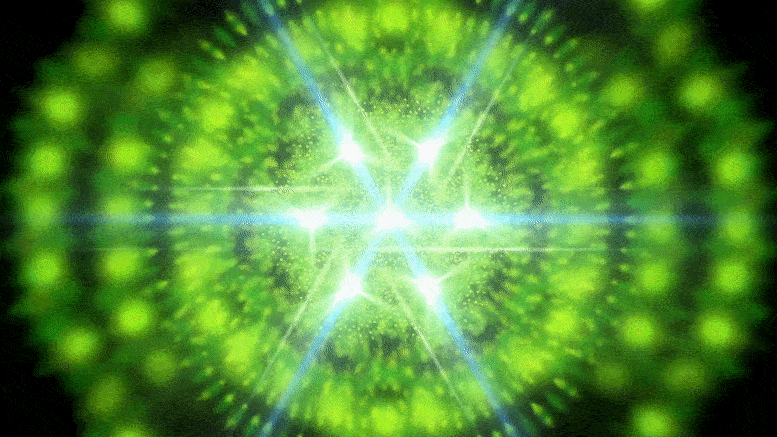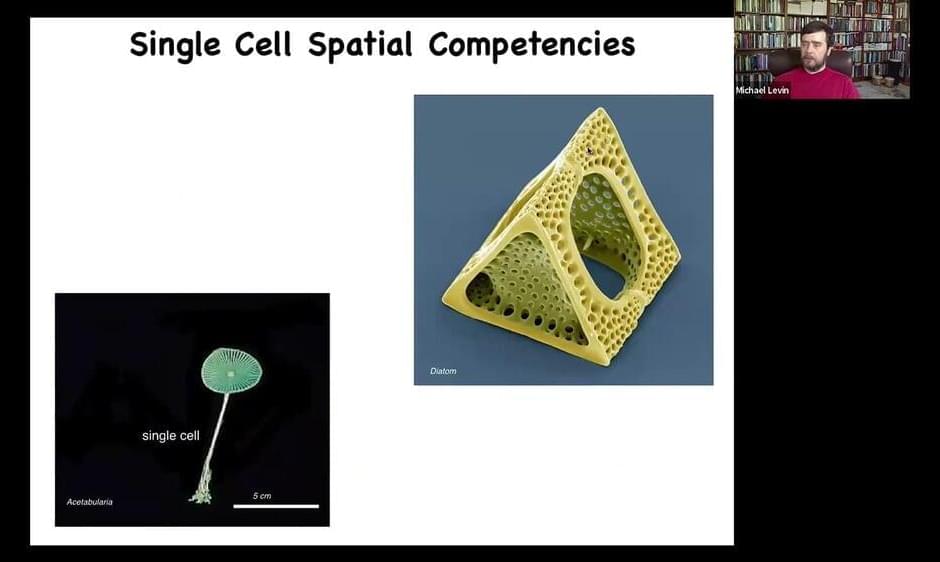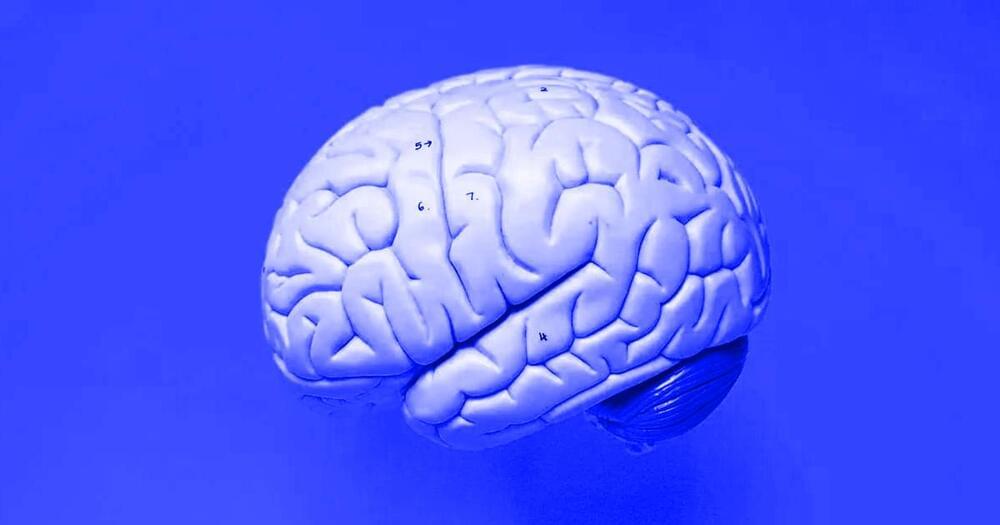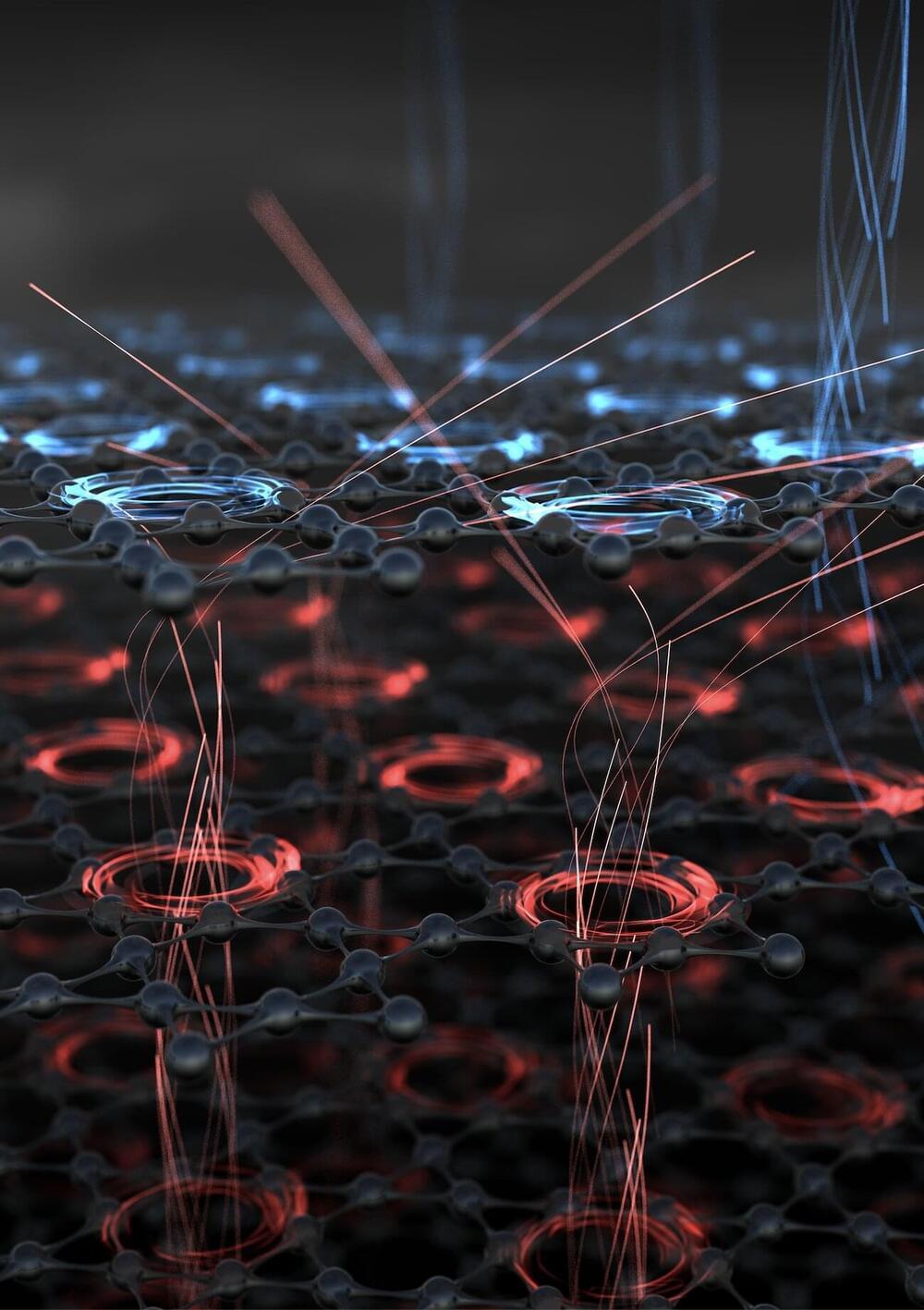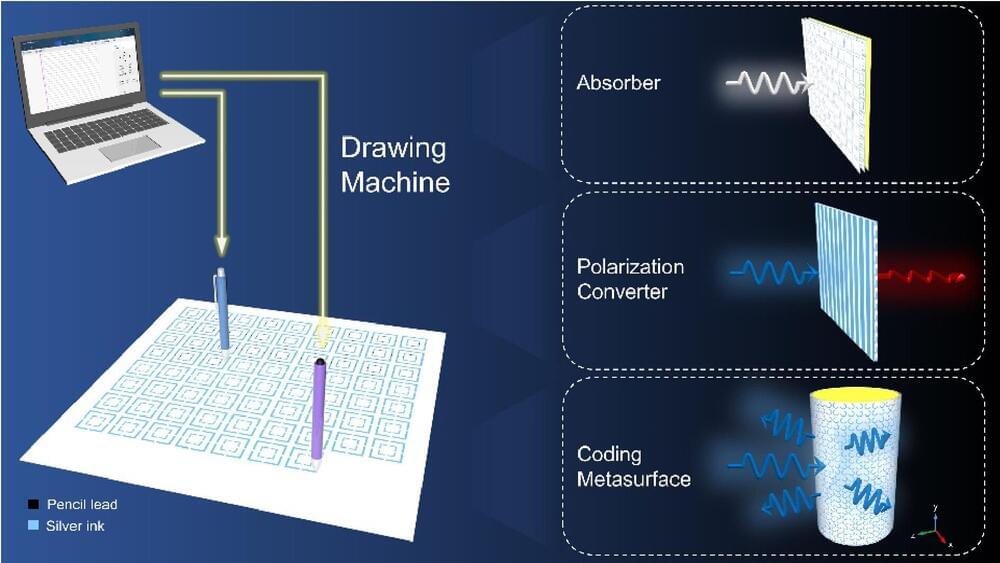Oct 19, 2022
Antidote saved 100% of bees from lethal pesticide
Posted by Raphael Ramos in categories: chemistry, food, particle physics
Immunizing bees against pesticides.
‘We wanted to develop a strategy to detoxify managed pollinators and found we can do it by incorporating it into their food, senior author Minglin Ma, a biomaterials engineer at Cornell University told Chemistry World.
“Managed bee colonies are constantly in need of being replenished due to losses. This relieves the stress for beekeepers to meet the ever-increasing demand for pollination,” James Webb, also a co-author of the study, told Salon by email.
Continue reading “Antidote saved 100% of bees from lethal pesticide” »
